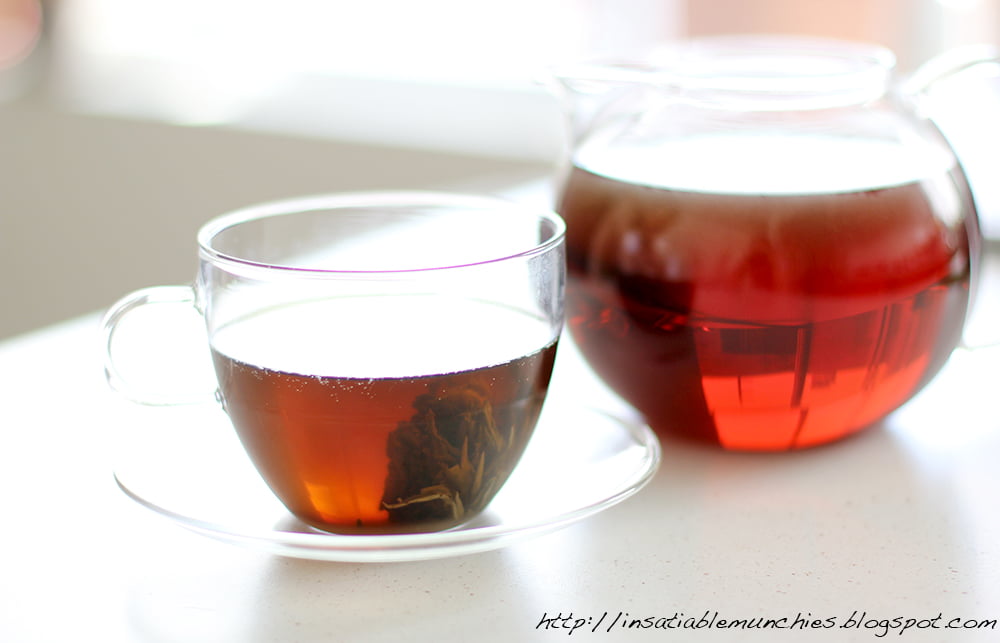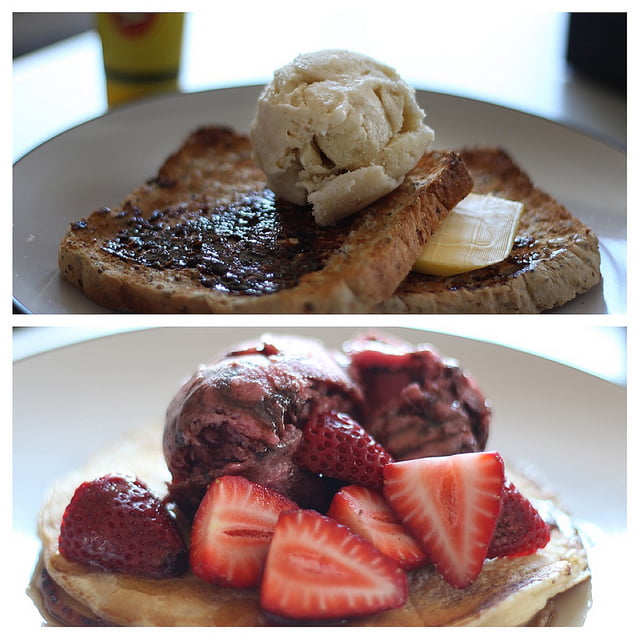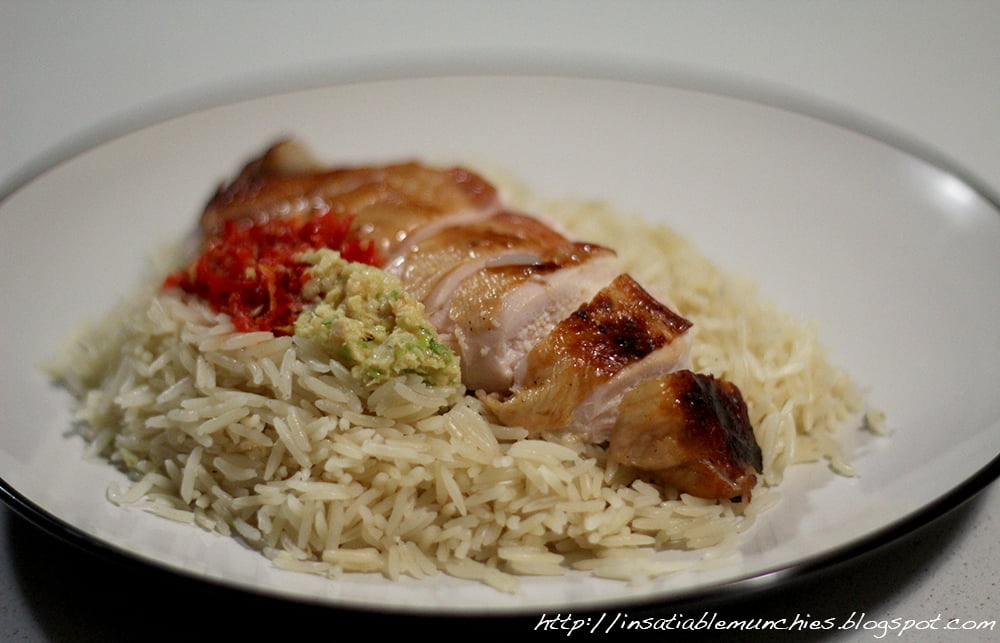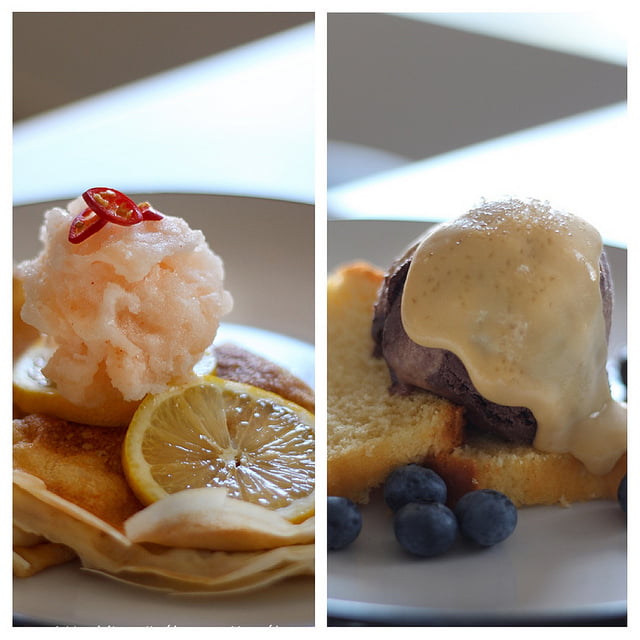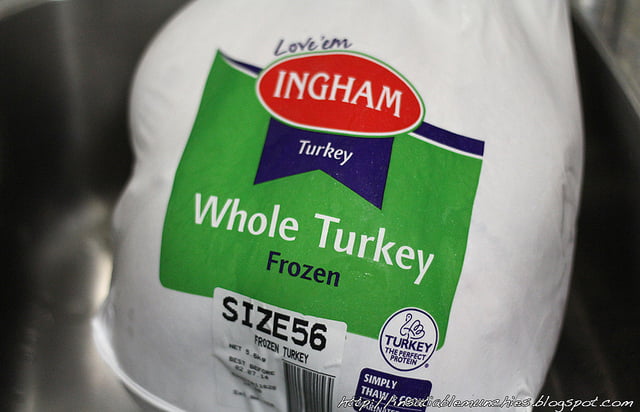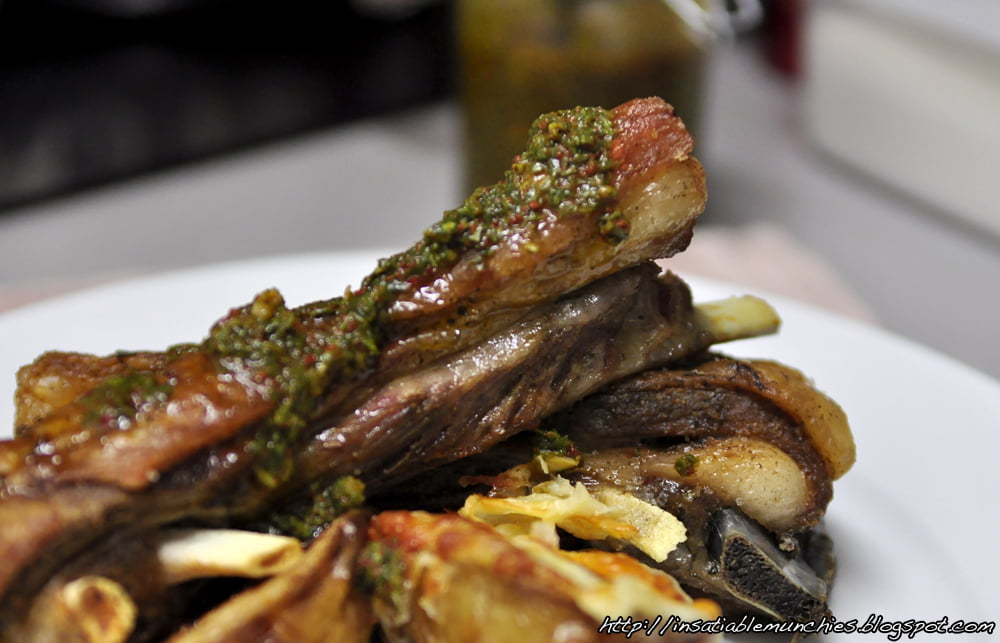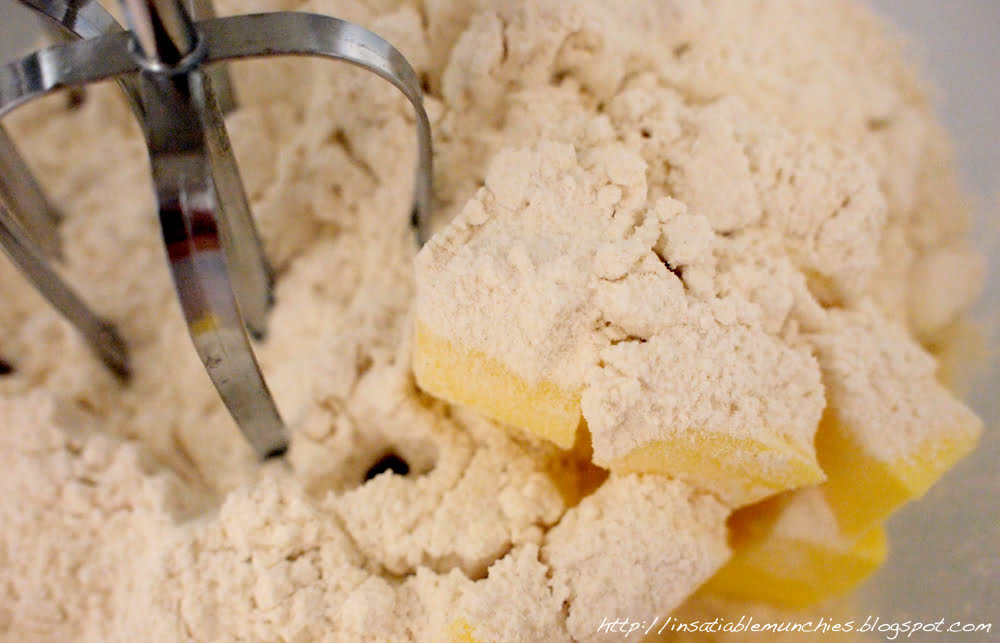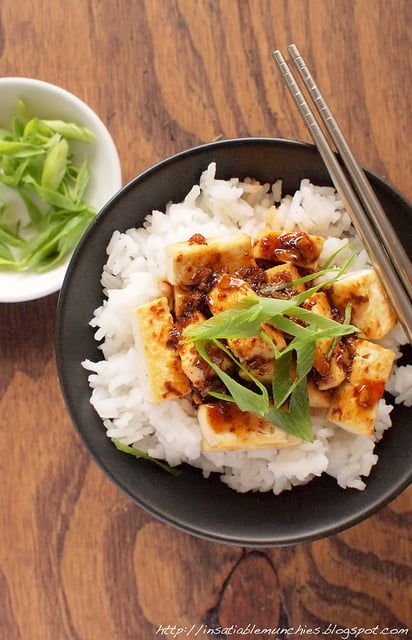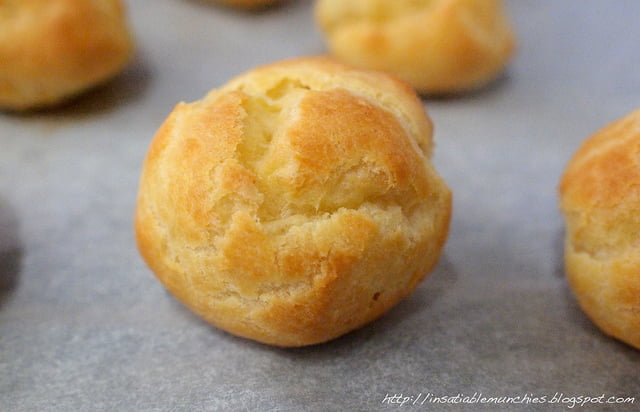I am a rabid fan of Heston. There are many people who think he’s crazy, and he probably is, but I just LOVE the inquisitive nature of this man because I think I share the same spirit. I think that since I’ve started following his work I’ve had a better understanding of what I’m doing in the kitchen, and his devotion to creating the ultimate dining experiences have completely inspired me.
And so, after watching a show entitled, “How to Cook Like Heston”- where in each episode he focuses on one ingredient and explains what you can do with it – I’ve decided to try out the chicken stock recipe that I saw on the show.
